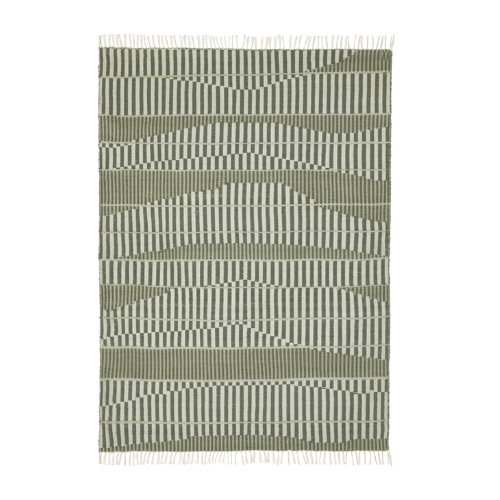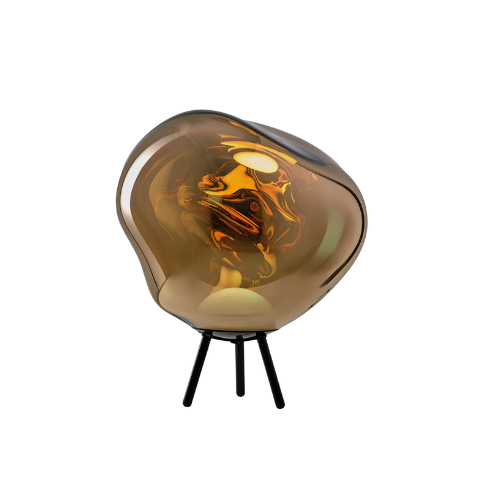9 Garden Trends That Landscapers and Gardening Experts Say We'll Be Seeing This Year
Sustainability, biodiversity, and regenerative planting are the hottest topics of 2025, according to the experts
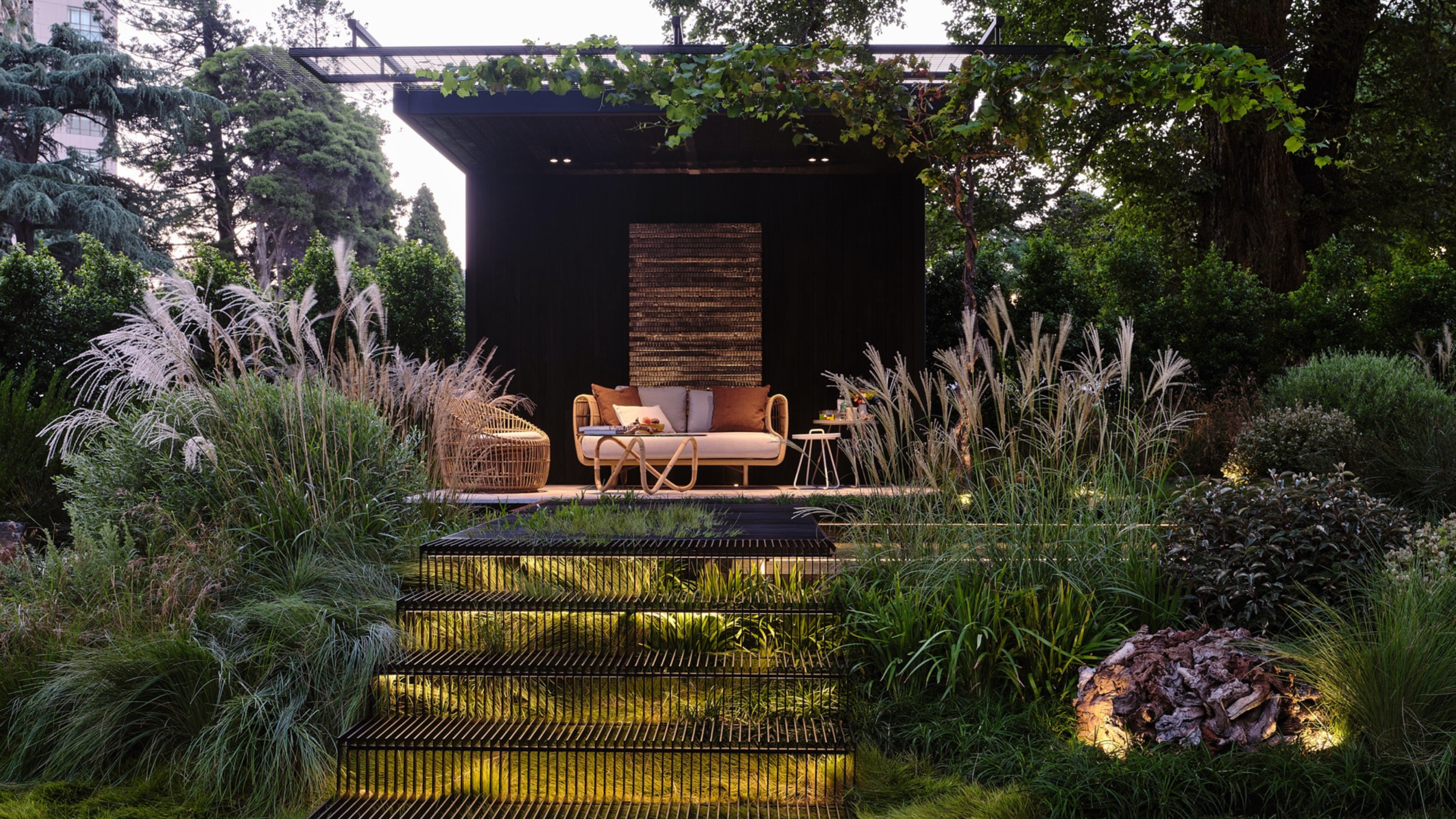

Unlike fashion and interior design, the trend cycle for your garden moves at a slightly slower pace, making it easier to keep up with. However, don't mistake this relaxed pace for meaning that our outdoor areas are exempt from the ever-turning wheel of style.
Each year, we see standout styles emerge within trending backyard ideas, taking center stage at major events like the annual Chelsea Flower Show, then trickling through onto our social media feeds, before eventually popping up in the gardens of our families and friends.
Luckily, it's far harder to grow tired of the undeniable beauty within the natural world than it is of a factory-made micro-trend. This means you can safely experiment with styles without worrying that they will look outdated within a few months. But, what styles to experiment with? Well, our experts are here to answer that question. We've rounded up their favorite trends set to take over our gardens this year, with plenty of inspiration to be picked.
1. Regenerative Gardening
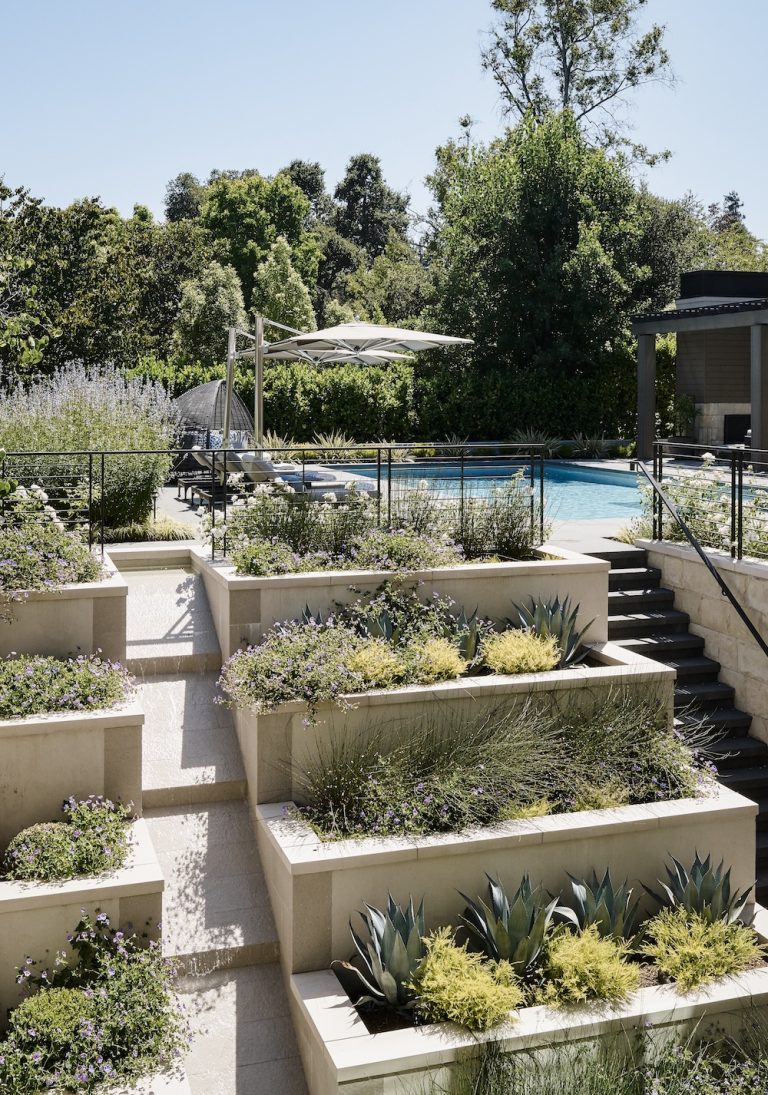
"We’re designing in an age of droughts, floods, and collapsing insect populations. This trend’s not about style—it’s about survival. But done right, it can be just as visually powerful as any ‘wow-factor’ scheme," says Nic.
"This isn’t just another buzzword. Regenerative gardening is about designing gardens that heal—soil, biodiversity, and even us humans. It’s where ecological integrity meets proper horticulture," says Nic Howard from We Love Plants.
A trend that aims to do good, regenerative gardening focuses on maintaining healthy soil that promotes biodiversity in your garden, creating a diverse ecosystem that benefits local fauna — sometimes called wildlife gardening. By adopting techniques that improve the health of your soil, you'll create a garden that gradually improves year after year.
"We’re talking wild-ish schemes rooted in tough, adaptable planting. Think gravel gardens, perennial meadows, edible edges, rain gardens, and compost bins that aren’t hidden in shame," says Nic.
A registered member of the Society of Garden Designers, Nic brings his dedicated expertise to every garden he works on. Having set up his company, We Love Plants, back in 2001, Nic has spent over 20 years honing his skills, and is known for his beautiful, yet realistic garden designs,
2. Multi Functional Spaces
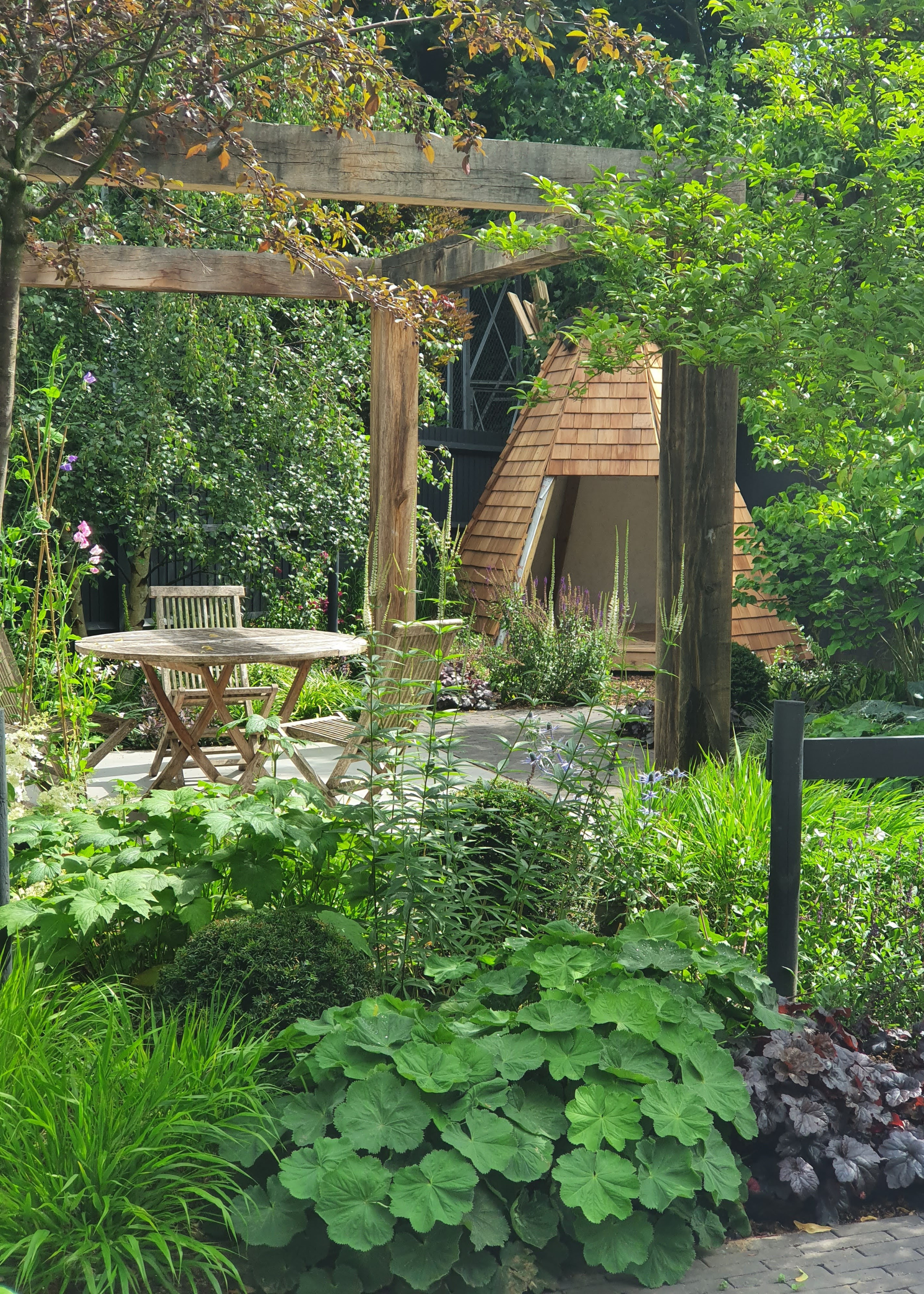
"There’s a growing desire to make every inch of outdoor space work harder, especially in smaller urban gardens, and to create environments that support wellbeing as much as practicality," says Colin.
From lying out in the sun, to a spot for the kids to play, to hosting summer-time drinks, there are so many functions we want our garden to fulfil, and there's no reason it can't do them all.
"One of the most influential trends I see continuing to evolve in 2025 is the rise of multi-use outdoor spaces - gardens designed not just for looking beautiful, but for living in every day. Whether it’s a space to work, relax, exercise, cook, or socialise, people are looking to their gardens for more than just aesthetics," says landscape designer, Colin Boggon.
Don't be fooled into thinking this is a trend that will only work in large spaces; even small gardens can be designed to support all our different pastimes.
"It’s all about layers and flexibility- finding smart ways to zone a garden without sacrificing flow, beauty, or atmosphere. A dining area can double as a workspace; a corner seat can become a morning coffee nook or an evening storytelling spot for kids. It’s functional, but also deeply personal," Colin explains.
3. Indoor Outdoor Cohesion
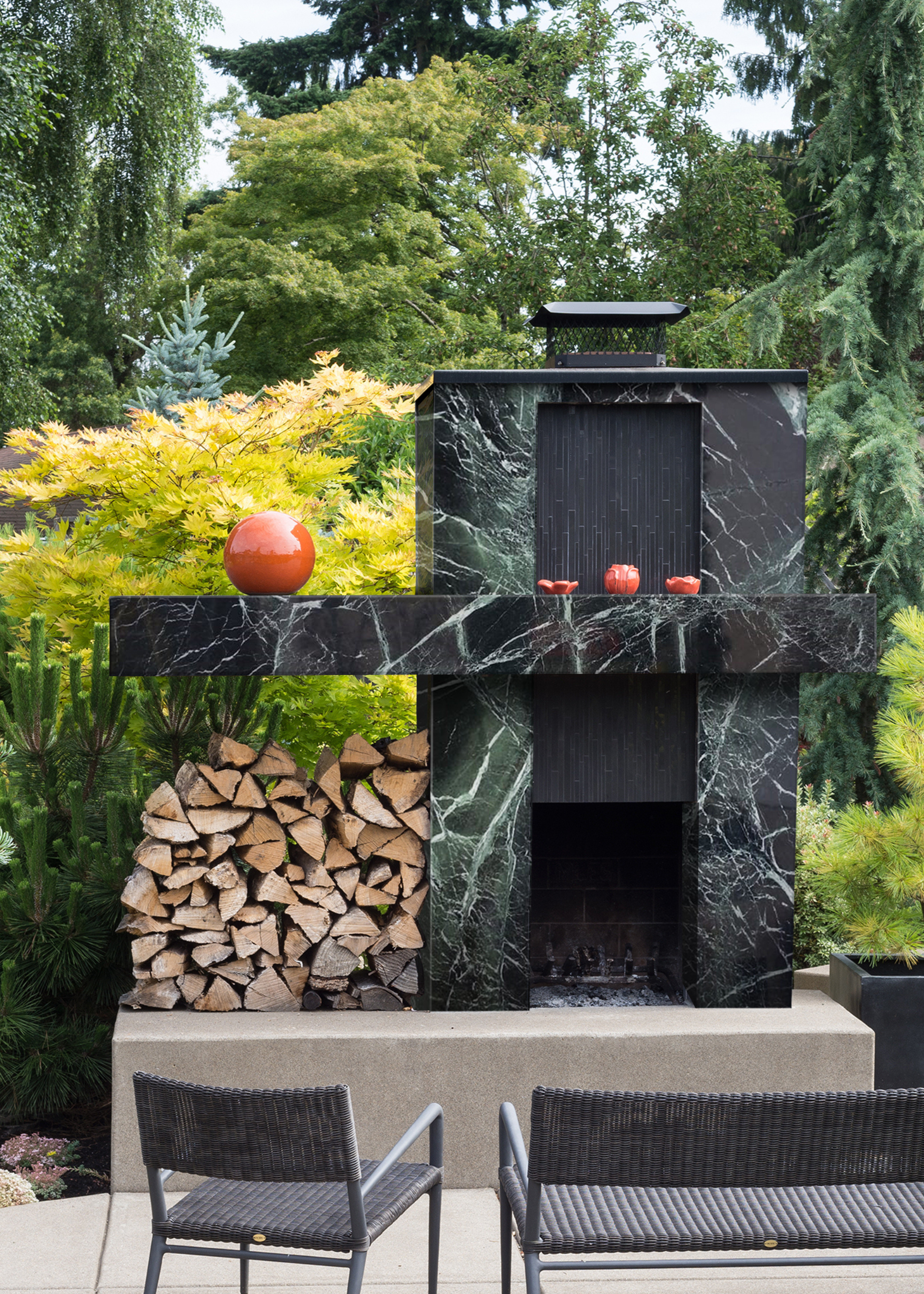
"Using stone in the outdoors, which complements the interior surfaces, will create a cohesive, considered look. We’re especially drawn to stones with soft variation and texture," says Oli.
Just one step above open plan living, this trend further embraces the freedom that comes from removing rigid boundaries within the home.
"We’re seeing a strong movement towards seamless indoor-outdoor living, with natural stone playing a central role," says Oli Webb, director of Cullifords, "In 2025, we expect to see textured, organic materials and tonal palettes dominate garden design — particularly in the form of large-format stone paving and outdoor kitchens, helping to blur the lines between nature and architecture."
Outdoor kitchens can be a particularly strong way to blur the lines between the interior and exterior, bringing a typically indoor space out.
"It’s the sense of continuity and tranquillity. Using stone in the outdoors, which complements the interior surfaces, will create a cohesive, considered look. We’re especially drawn to stones with soft variation and texture — such as Limestone, Quartzite and Marble — which reflect light subtly and feel luxurious underfoot without overpowering the setting," says Oli.
Over the past 50 years, Cullifords have established themselves as the leading supplier of high quality stones in the UK. With a huge collection of both man-made and natural stones alike, Cullifords can provide you with any matter of finish or looks, whether that's a statement-making marble, or a neutral granite slab, Cullifords will have exactly what you're looking for.
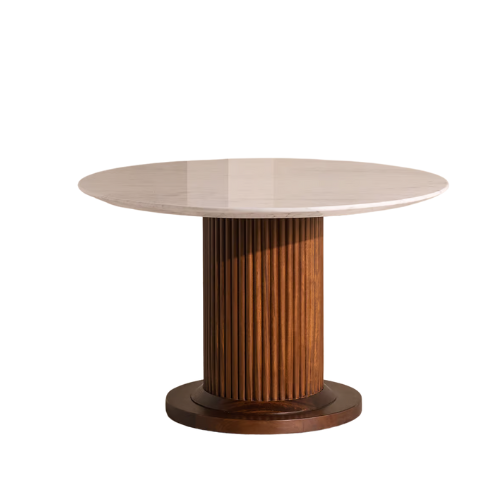
It doesn't get much more chic than this Carrara marble-topped outdoor dining table. Its durable fluted wood base ensures that it's suitable for outdoor settings, though it looks good enough to have in your dining room.
4. Embracing Native Plants

"In this garden, I wanted to create a modern, lush green, textured garden. This was outside of what our traditional style of design is, but it was such a great opportunity to showcase this trend," says Rob.
Similar to regenerative gardening, this trend actively embraces the natural landscape and aims to work with it, rather than against it.
"We want to take a move away from the more traditional plants used and replace these with native plants in our projects," explains landscape designer Rob Cooper.
"We feel that we can still create a similar style with shape and form and include the grasses into the mix to add to the garden with their texture and softness."
Not only can this style result in beautiful, dramatic designs, but it also helps to make a weather-resistant garden with drought-tolerant plants that will last throughout the seasons. It's not just about your flower beds, either; it applies to native plant lawns, too.
5. Cast Concrete Features
"Cast concrete is a favored choice for our clients (and for us) for outdoor kitchens," says Jennifer Hamilton, director of The Vawdrey House.
As outdoor kitchens of all sorts gain popularity, we begin to notice patterns in the materials chosen for these projects.
"Its industrial edge suits exteriors well, as we have found that anything too shiny looks out of place in gardens," she explains, "When using the concrete in the design, we love to turn it into a feature of the garden — with an integrated BBQ for example, but also doubling up as a planter or seat, or steps to different levels."
Poured and polished concrete are both increasingly popular options for garden design, offering a smooth, industrial feel.
6. Limestone Paving
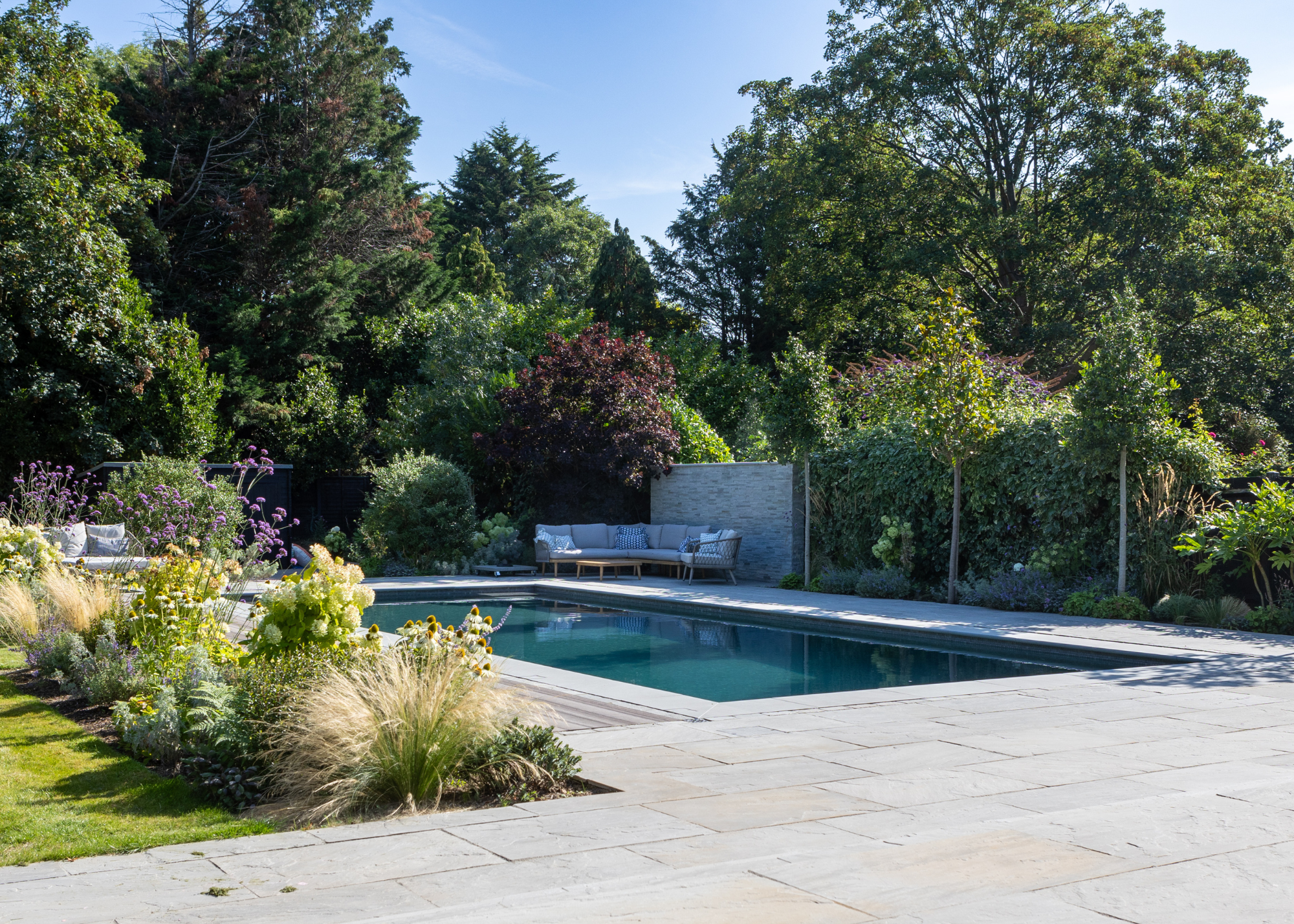
"What makes it even more special is the detail you often find within the stone itself - fossils, crystals, subtle veining - each slab has its own story," says Mark
While you previously may have questioned the benefits of natural stones vs concrete pavers, a clear winner has emerged, for this year at least.
"One of the biggest shifts we’re seeing is a growing preference for limestone in paving and hard landscaping. Clients are increasingly drawn to its timeless look and versatility, making it a standout choice for outdoor spaces," says Mark Latchford, the director of landscape design at HollandGreen.
The natural material is celebrated for both its beauty and durability, making it an ideal choice for your outdoor spaces.
"Limestone offers a warmth and softness that works beautifully with so many different types of homes. Its tones - ranging from buff and cream to beige, light browns, and pale greys -complement everything from traditional cottages to more contemporary builds," Mark continues, "Limestone is not only visually appealing, but also practical. When you choose a high-quality stone, it’s incredibly durable and long-lasting. What I really love is its flexibility - it works just as well in sleek, contemporary spaces as it does in traditional or rustic schemes."
Founded in 2010, HollandGreen is a multi-disciplinary residential practice combining architecture, interior design and landscape design. With a team made up of experts across these fields they offer a unique breadth of knowledge to their clients.
7. Edible Gardens
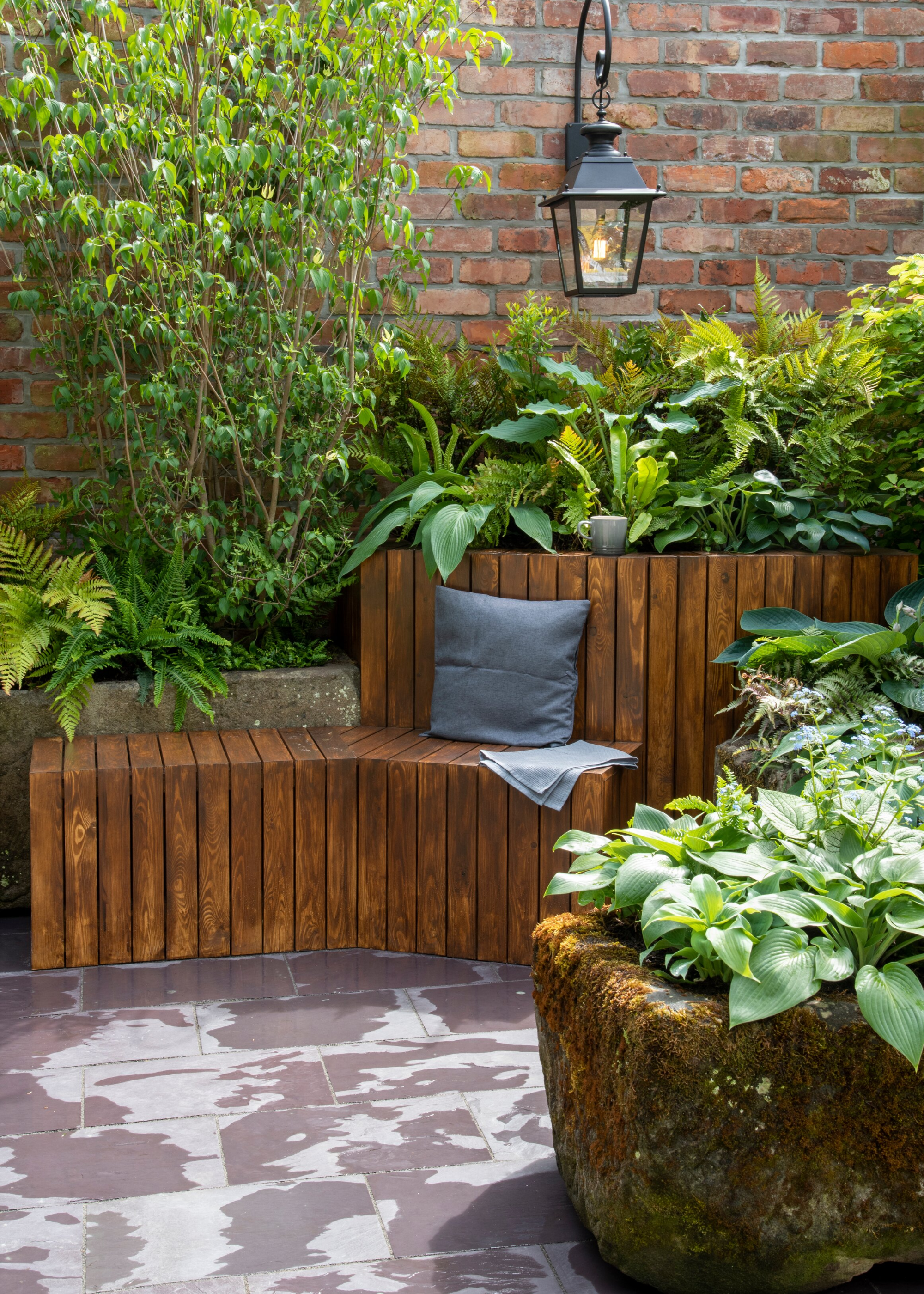
"From vertical beauty to edible bounty, the gardens of 2025 reflect our desire to live greener, healthier, and more connected lives—no matter the size or setting," says Larry.
Across social media, there is a clear longing for greater connection to the food we consume. Increasingly, people are looking for more sustainable ways to source their ingredients, and what could be more sustainable than growing it yourself?
"Growing food at home is no longer a trend —it’s a lifestyle," comments Larry Dominique, landscape architect for Hooks and Lattice.
Building an appreciation for the process of growing fresh produce allows you to develop a better relationship with food, and a layered edible garden is the perfect way to begin this journey.
"Homeowners are embracing edible gardens, cultivating herbs on windowsills and planting vegetables in decorative railing planters and patio pots. Meanwhile, communities are investing in shared orchards and garden spaces that promote connection and wellness through homegrown abundance," says Larry. We're even seeing front yard vegetable gardens emerge as an idea.
8. Low-Maintenance Architectural Designs
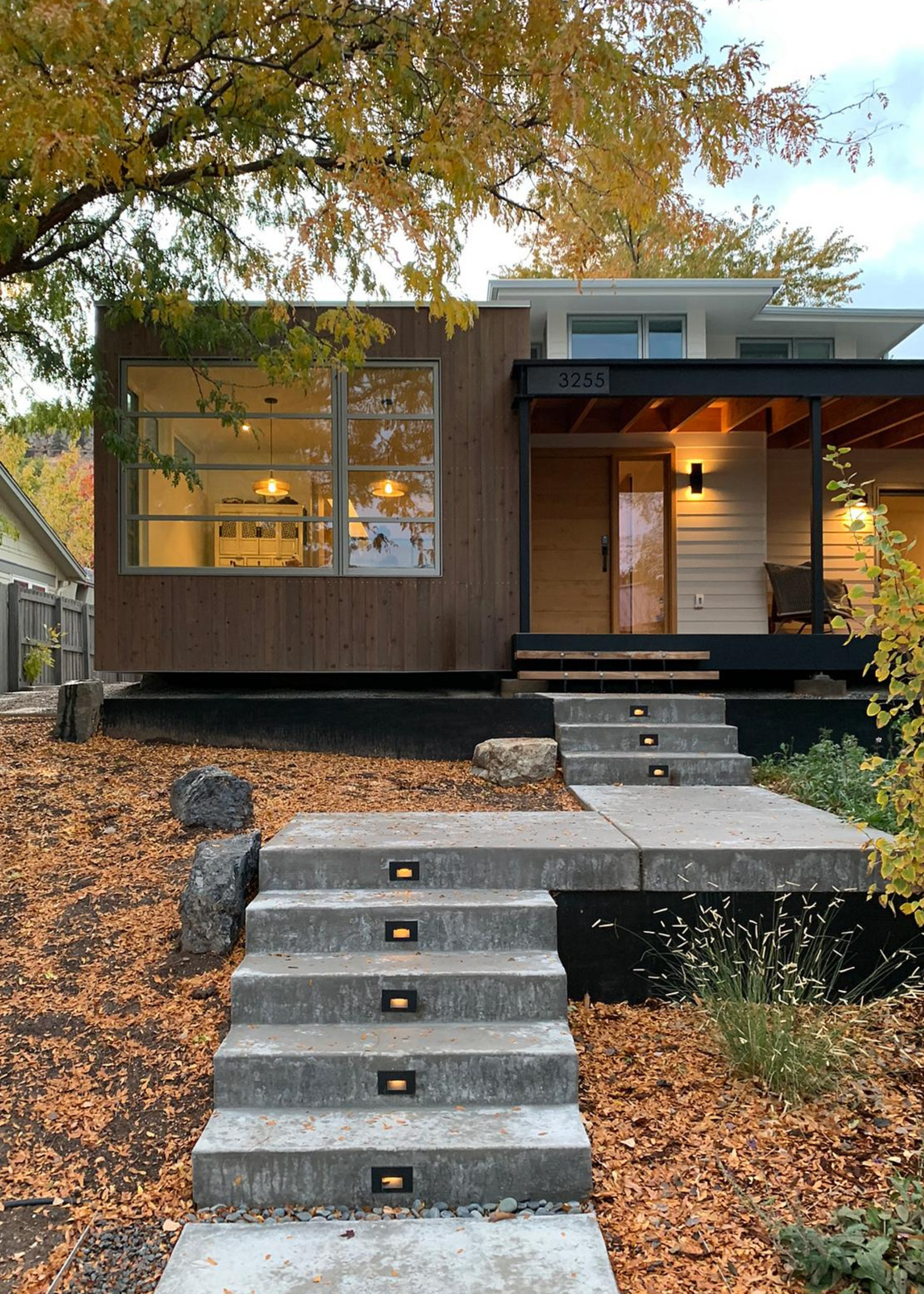
"The owners and their three kids are super adventurous travelers who have lived in China, Malaysia, and Japan due to their interests and jobs. While in Japan, they asked me to create initial designs for an interior remodel, addition, landscape design, and a new entry," says Laura.
"I think the biggest trend I'm seeing is rigorous, architectural site planning for retainage and circulation, with loose native grasses, and native low-water drought-resistant trees and shrubs filling in organically," comments architect Laura Marion.
Bringing in architectural features that work to support your horticulture and adopting native plants work together to create an effortlessly self-sustaining, low maintenance garden.
"The appeal of this design is that it is both beautiful and requires no maintenance. The biggest investments of the design are permanent hardscape, and therefore no maintenance," says Laura, "The softscape, (the plantings) harken to the area's native state, which, once established, maintains and re-seeds itself."
9. Sustainable Gardening
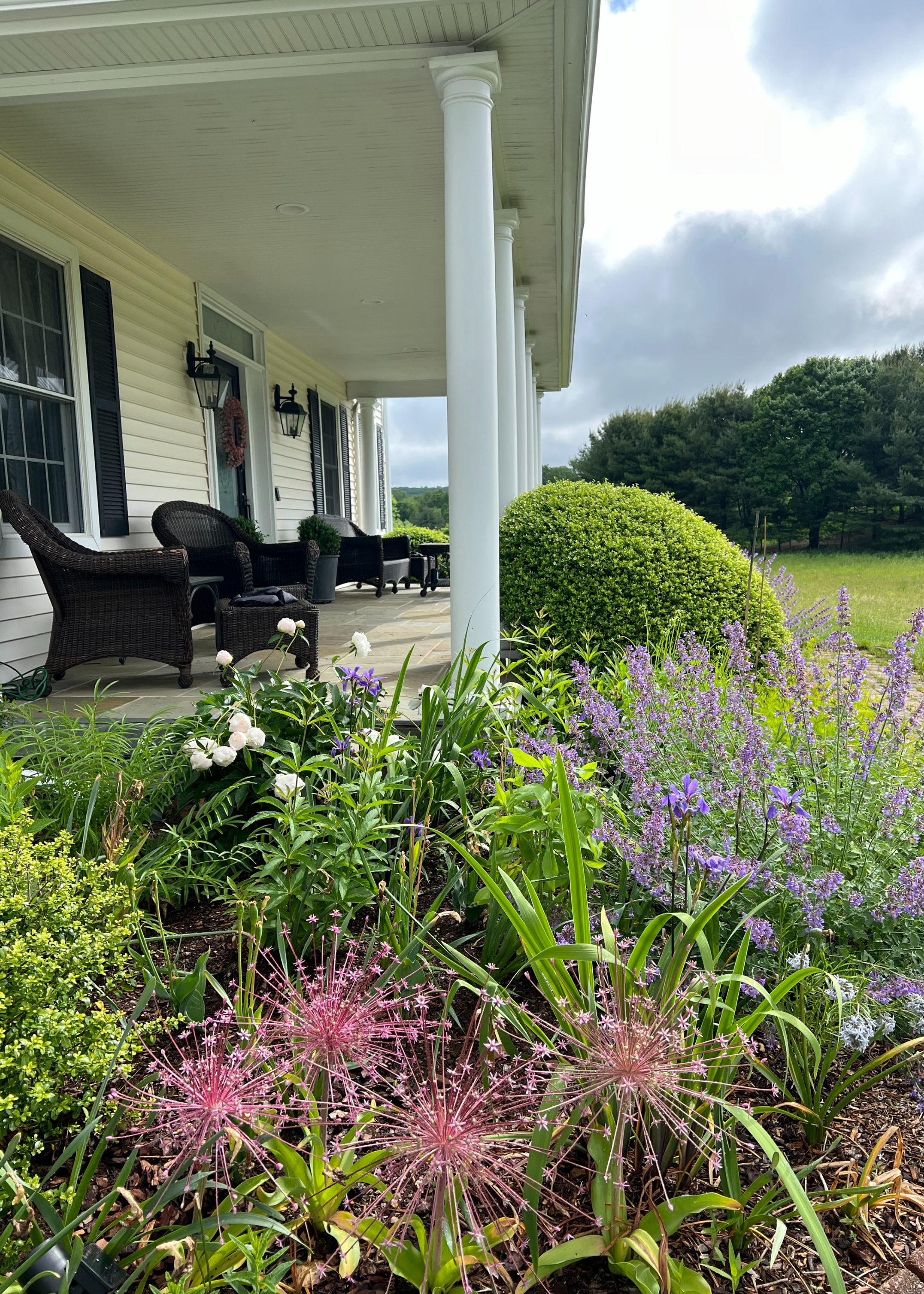
"There’s a peace of mind this type of garden design brings to people who embrace it. They’re doing something that benefits themselves, their neighbors and the environment. It’s really a win-win," says Kat.
"Of all the gardening trends I’m seeing for 2025 (wellness gardens with saunas, cold plunges and showers included, or all-green gardens with minimal flowers and tons of lush foliage instead) I think the biggest trend is climate-friendly and sustainable gardens using both native and strategic plantings that are geared towards handling weather extremes such as heavy rains and drought (depending on region)," says Kat Aul Cervoni, landscape designer.
Not just limited to garden design, we've been noticing a shift towards eco-friendly, sustainable materials throughout interior design, but this sustainability-centered gardening is certainly one of the most popular trends for the year.
"There’s a lot of love about this trend – since it’s working with a region's climate conditions instead of against them, it’s inherently more low-maintenance and requires fewer resources to thrive, and I find almost all my clients prioritize low maintenance with their garden designs."
The one thread running through almost all of these trends is our uniting desire to move towards a more sustainable approach to our gardens. There's no reason a beautiful garden cannot also mean an eco-conscious, self-sustaining garden, these things can be entirely compatible, especially with our tendency to lean towards less manicured, more wild, fairy tale gardens. Learning about the plants that are native to your area and embracing these within your design can help you create a garden that supports a more diverse ecosystem, while still being easy on the eye.
Be The First To Know
The Livingetc newsletters are your inside source for what’s shaping interiors now - and what’s next. Discover trend forecasts, smart style ideas, and curated shopping inspiration that brings design to life. Subscribe today and stay ahead of the curve.

Maya Glantz is a Design Writer at Livingetc, covering all things bathrooms and kitchens. Her background in Art History informed her love of the aesthetic world, and she believes in the importance of finding beauty in the everyday. She recently graduated from City University with a Masters Degree in Magazine Journalism, during which she gained experience writing for various publications, including the Evening Standard. A lover of mid-century style, she can be found endlessly adding to her dream home Pinterest board.
-
 Mark My Words — RIMOWA's New Retro-Chic Luggage Colors Will Be the Jet Set's Big Style Signifier This Summer
Mark My Words — RIMOWA's New Retro-Chic Luggage Colors Will Be the Jet Set's Big Style Signifier This SummerLaunched this week, the Granada & Verde Collection expands on the bustling-with-life energy of your next destination, making your travel essentials an integral part of the journey
By Gilda Bruno
-
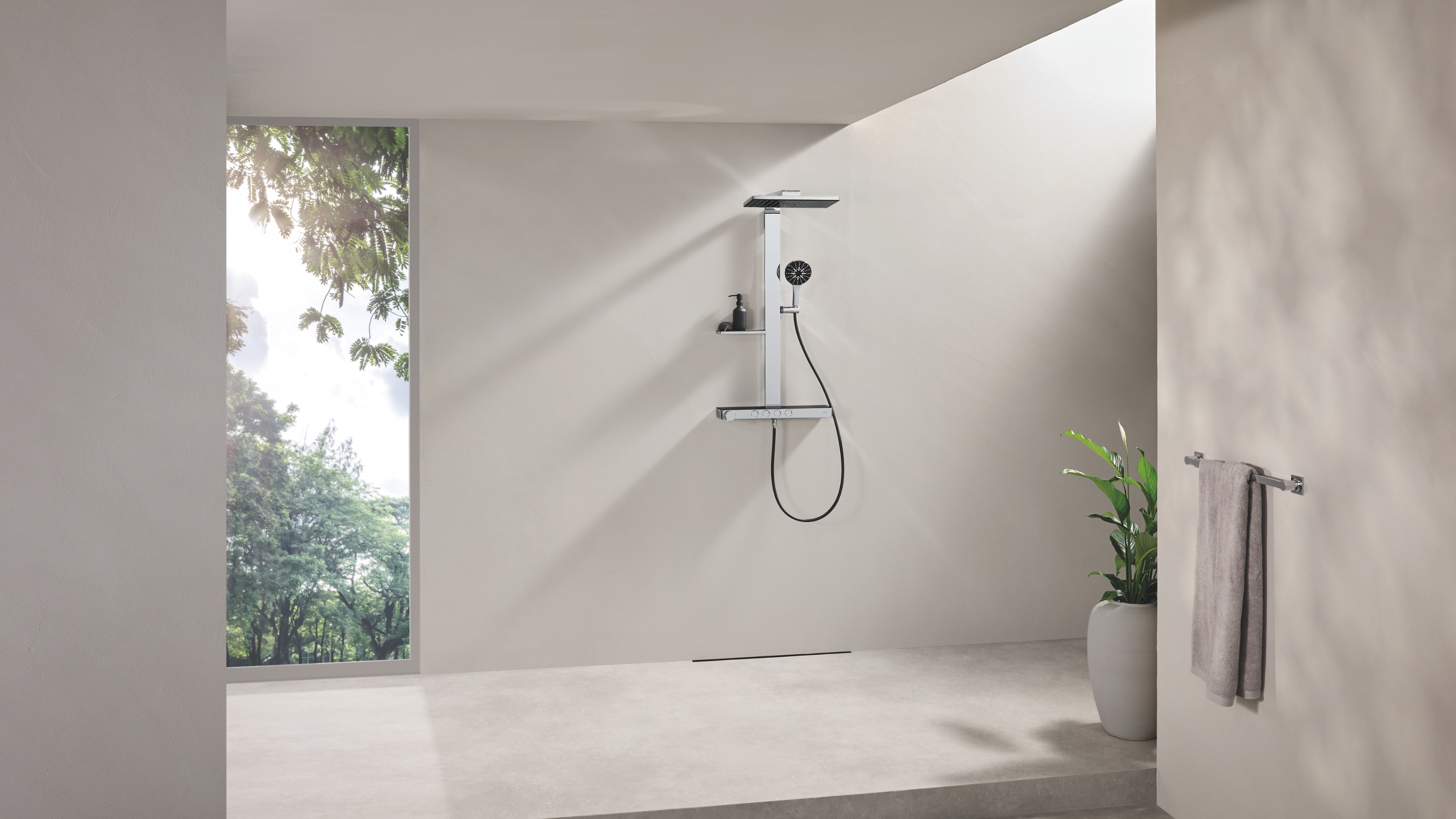 5 Smart Bathroom Tech Trends to Adopt in 2025 That Make This Space Such a Joy to Use
5 Smart Bathroom Tech Trends to Adopt in 2025 That Make This Space Such a Joy to UseStill got a regular flush toilet? Yawn... Upgrade your space with the tech trends that are the future of modern bathroom design.
By Maya Glantz
-
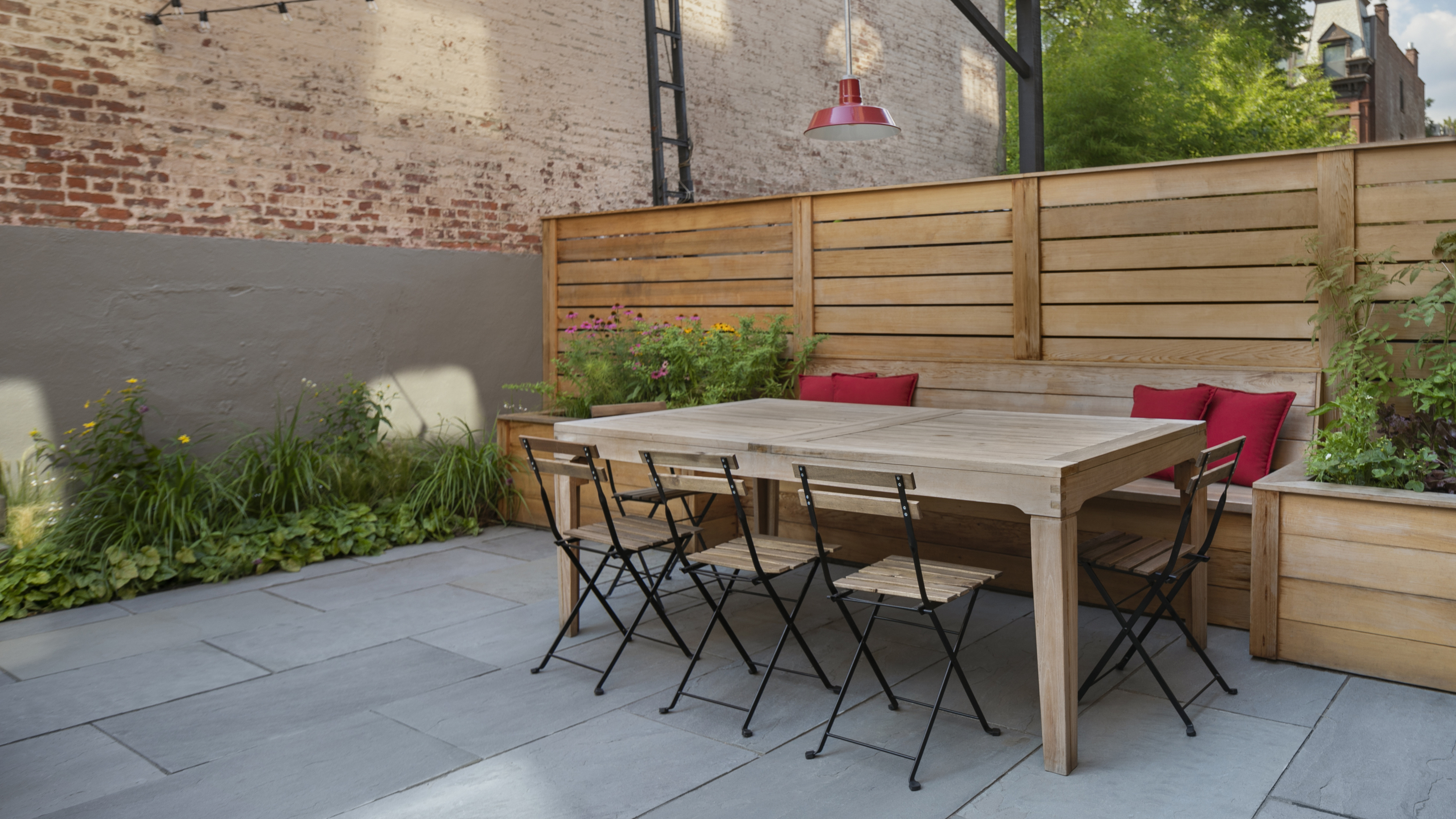 5 Things That Could Be Making Your Patio Look Cheap That Any Landscape Designer Worth Their Salt Would Notice
5 Things That Could Be Making Your Patio Look Cheap That Any Landscape Designer Worth Their Salt Would NoticeNow is the time to prime your patio for the spring-summer season, but steer clear of these common pitfalls that could be devaluing your space
By Lilith Hudson
-
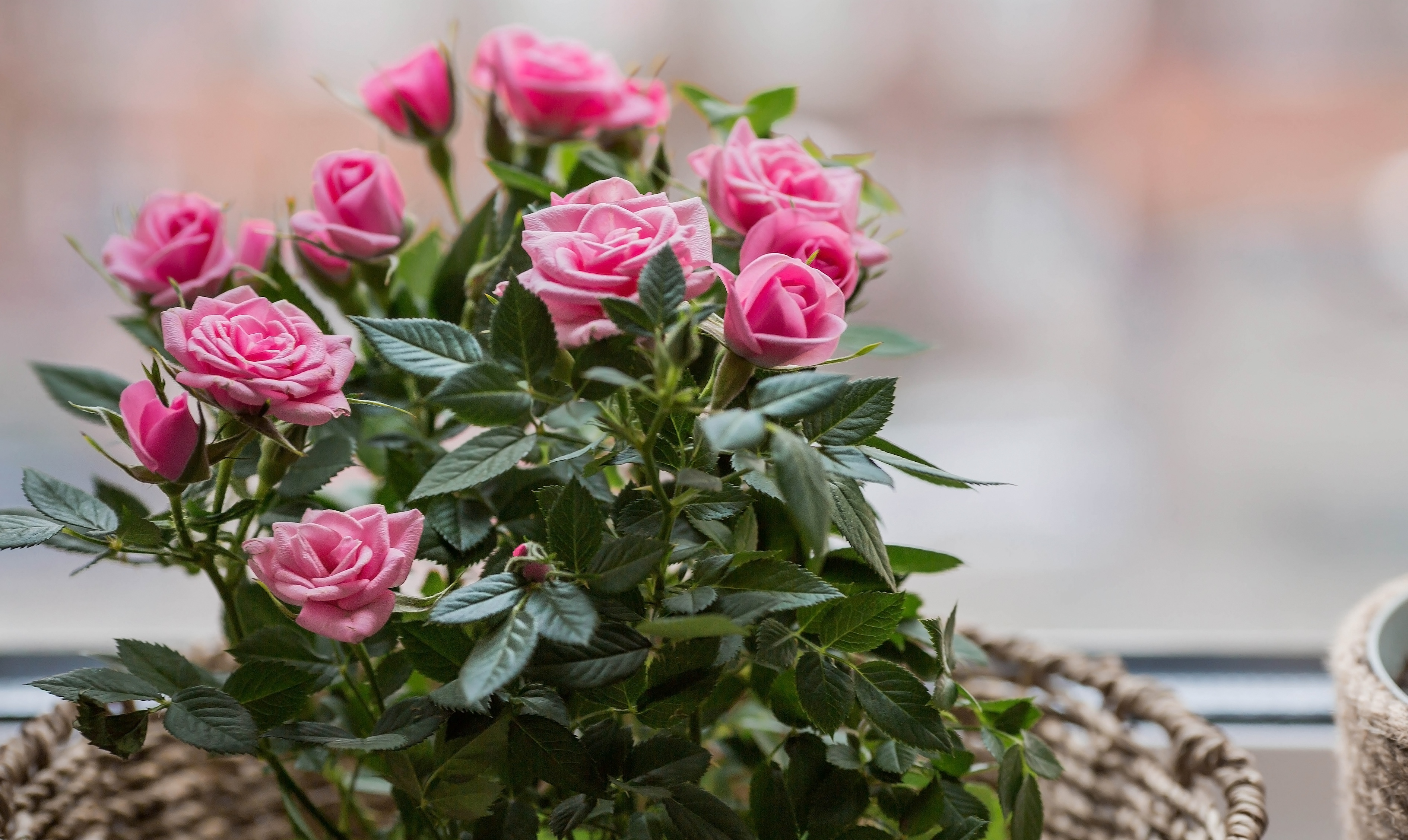 Miniature Roses Make for a Ravishing Houseplant in Your Home — Here’s How You Should Take Care of It
Miniature Roses Make for a Ravishing Houseplant in Your Home — Here’s How You Should Take Care of ItExpert advice on what you need to do to bring this flourishing bloom into your space
By Jacky Parker
-
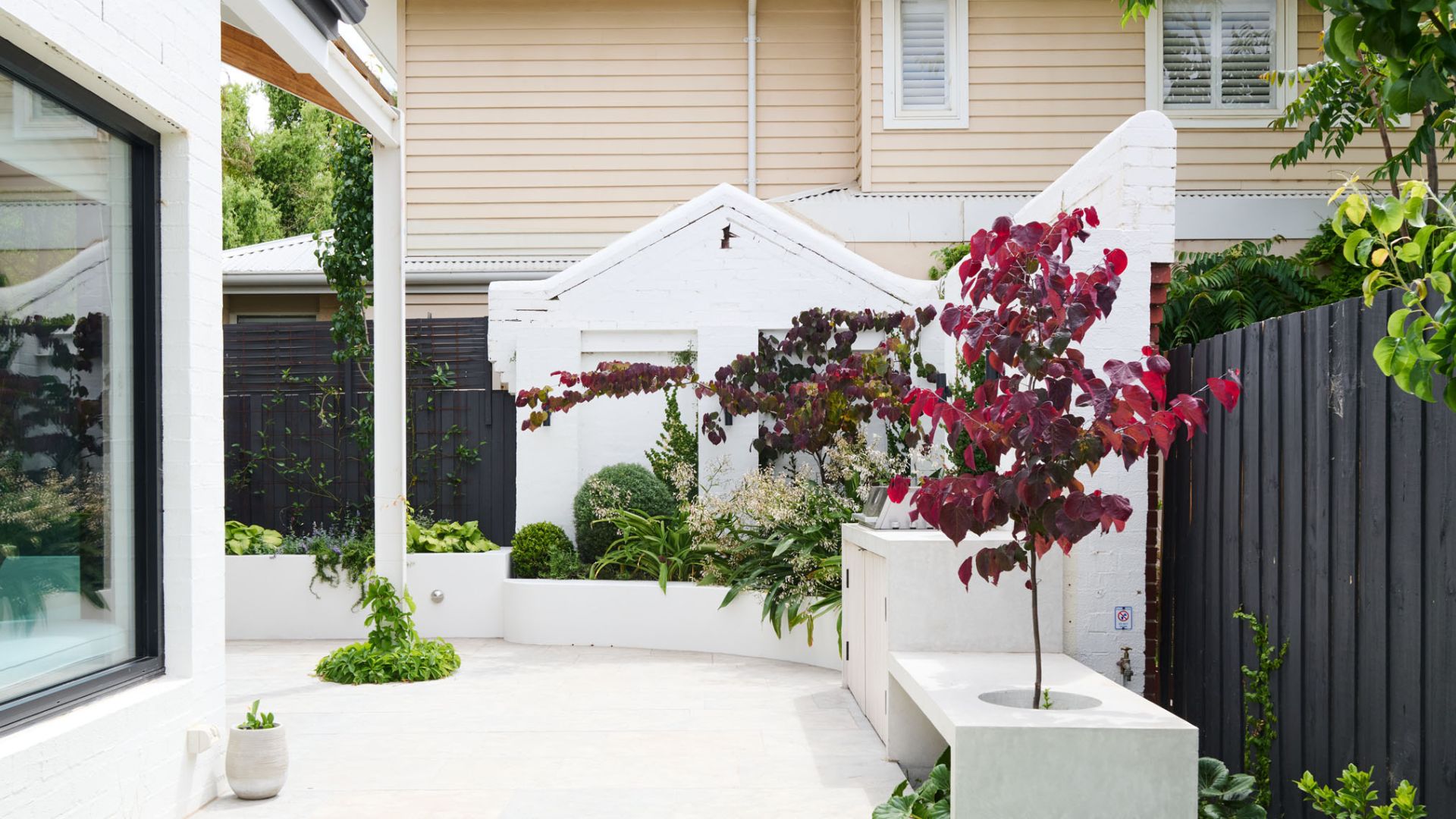 Should You Prune Plants in Winter? Gardening Experts Say Yes, But There's a Catch!
Should You Prune Plants in Winter? Gardening Experts Say Yes, But There's a Catch!Discover which trees and plants benefit from a trim during dormancy–and which don't
By Jacky Parker
-
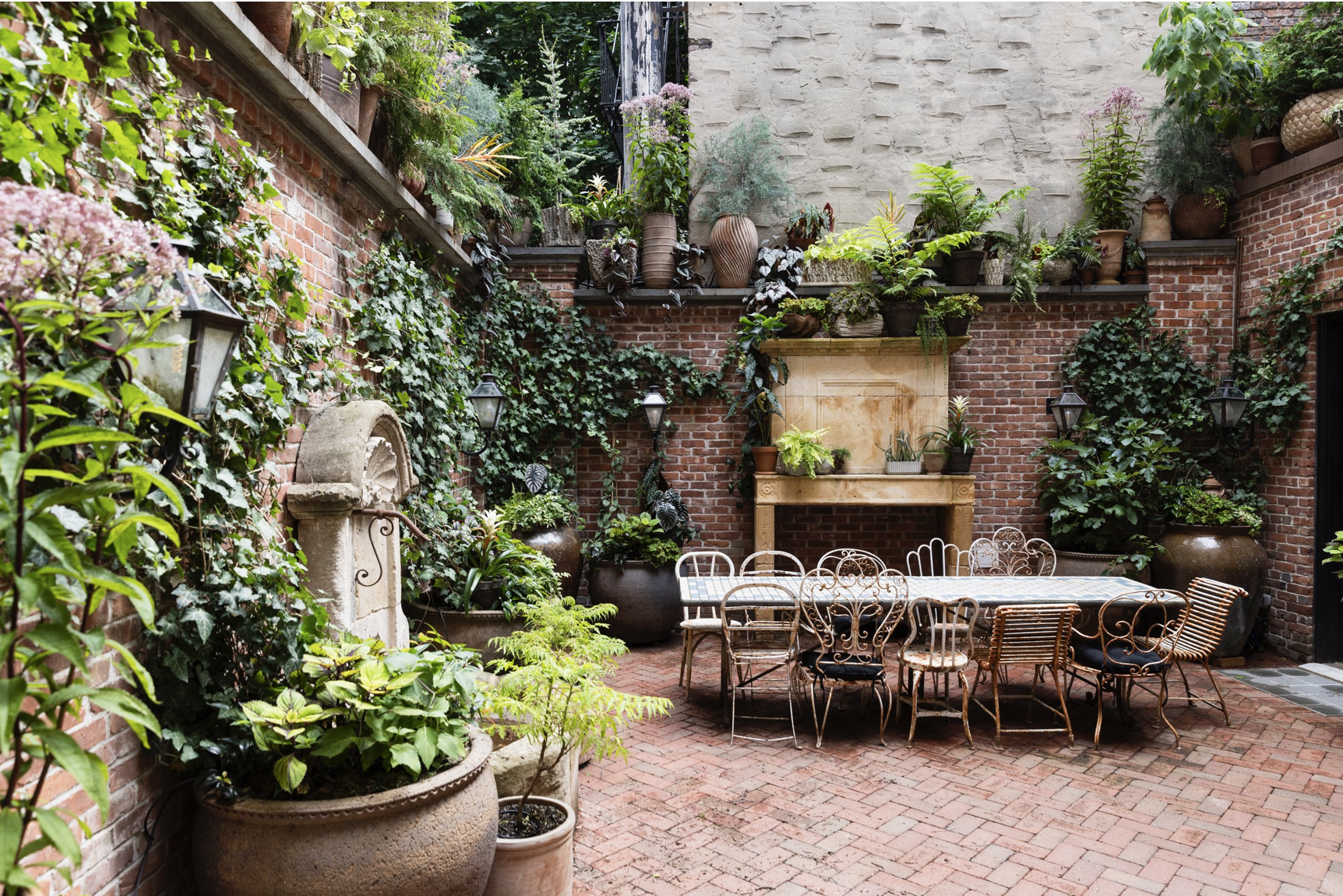 7 Architectural Plants That Will Make Your Yard Look Way More Expensive — and Less Bare — During Winter
7 Architectural Plants That Will Make Your Yard Look Way More Expensive — and Less Bare — During WinterAn award-winning luxury urban landscape designer reveals the plants they always choose for unbeatable winter structure
By Matilda Bourne
-
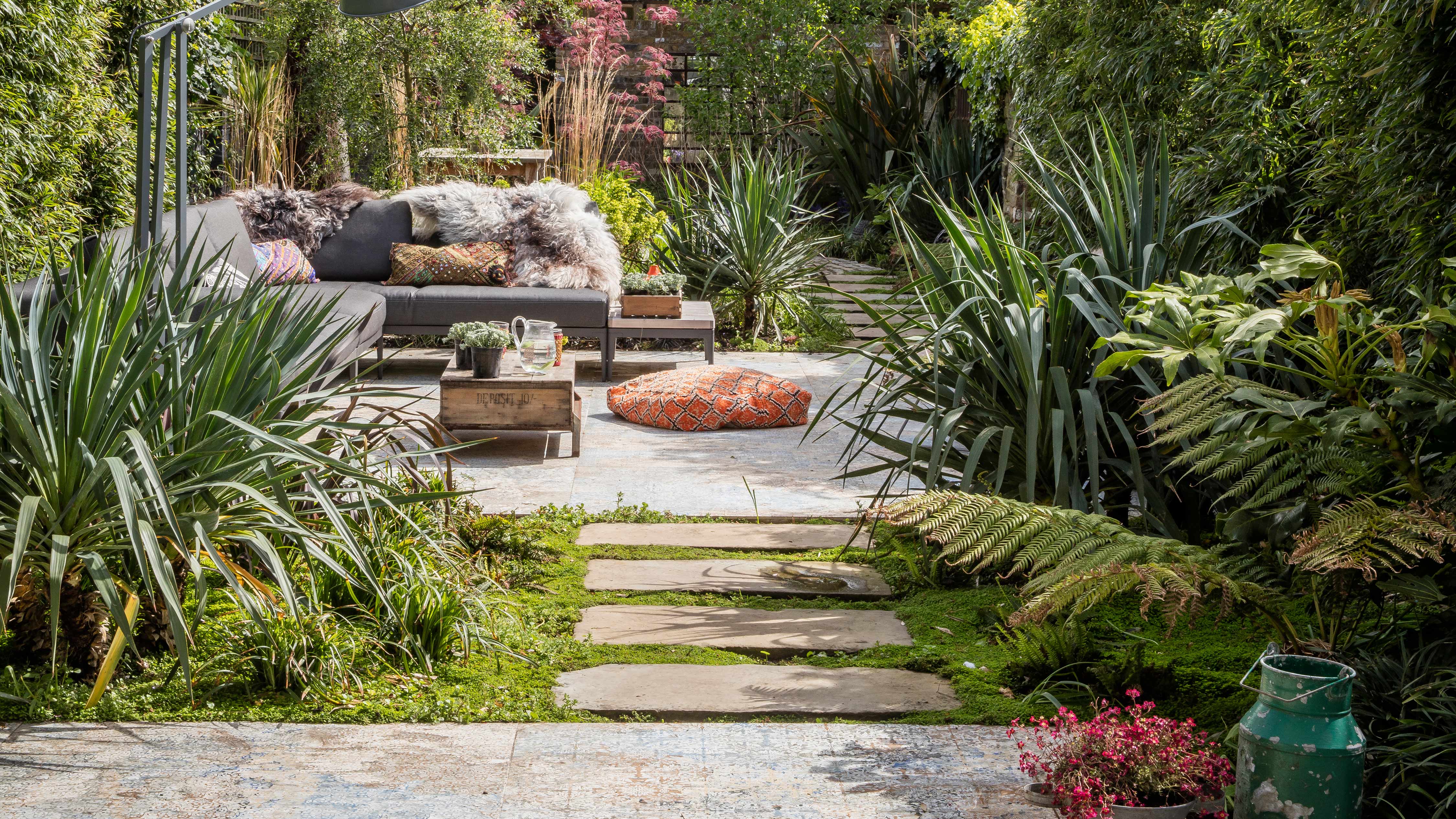 Bright, Beautiful and Full of Color — These are 7 Flowers You Should Plant in Pots in October
Bright, Beautiful and Full of Color — These are 7 Flowers You Should Plant in Pots in OctoberDon't let fall fool you into thinking blooms are a thing of the past. You can welcome them now and embrace them until the first frost or even spring
By Matilda Bourne
-
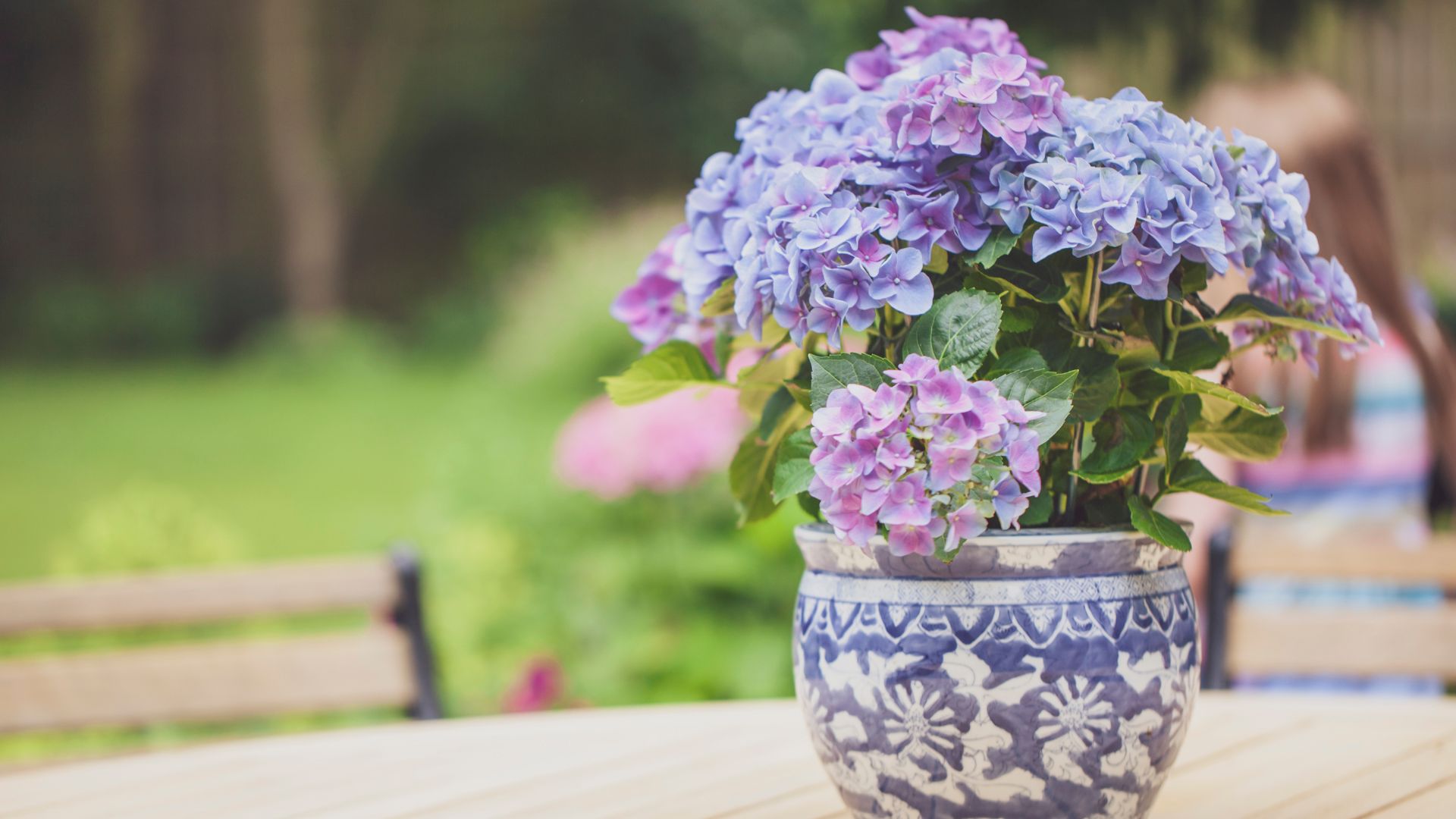 5 Dos and Don'ts Of Growing Hydrangeas In Containers — Planting Tips You'll Want to Know About
5 Dos and Don'ts Of Growing Hydrangeas In Containers — Planting Tips You'll Want to Know AboutTo get the best out of your abundant blooms, you'll want to follow this expert advice
By Amiya Baratan
-
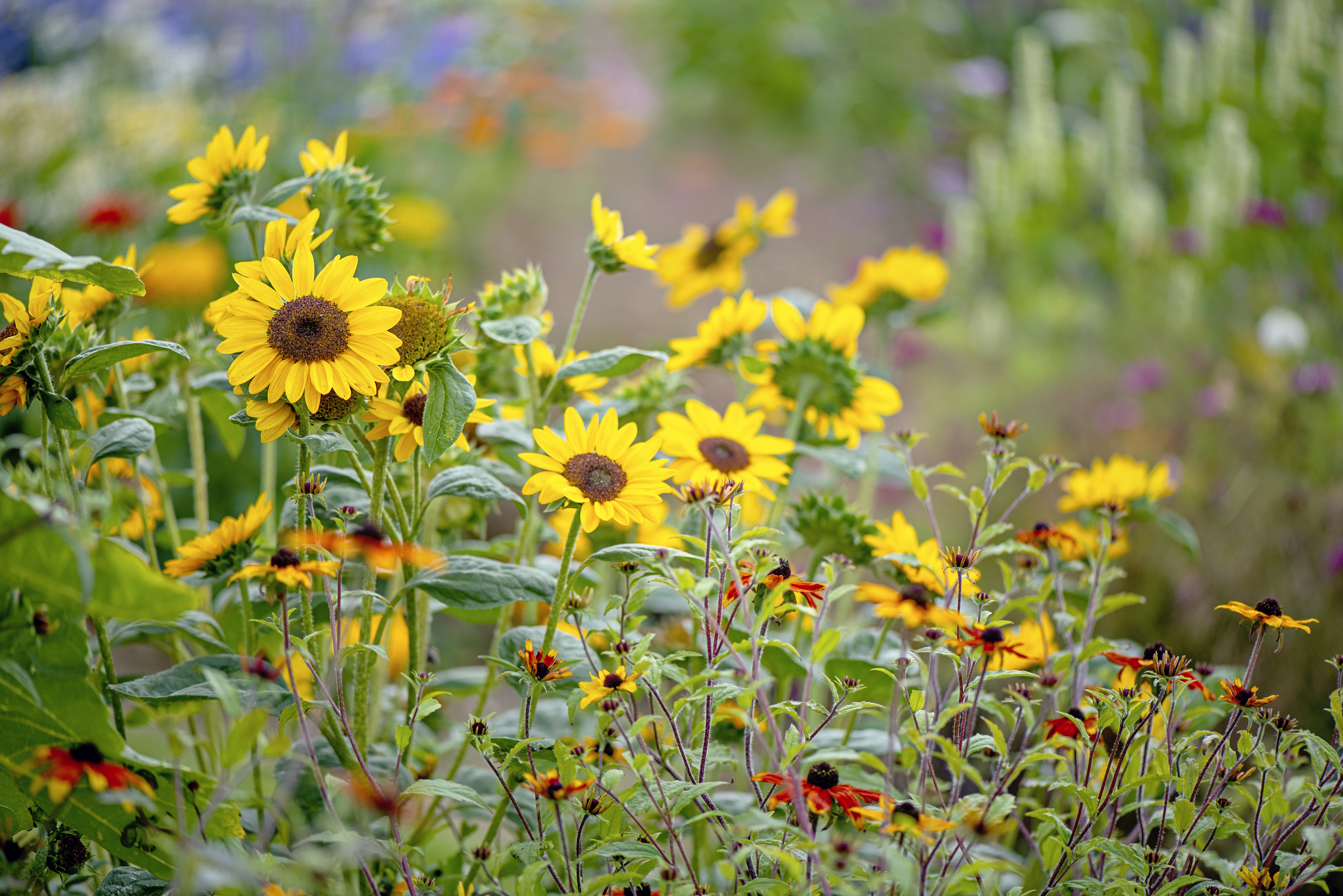 How to Grow Sunflowers — Plant These Sun-Loving Annuals to Brighten Up Your Yard
How to Grow Sunflowers — Plant These Sun-Loving Annuals to Brighten Up Your YardThey're bright, bold and beautiful, these blooms can elevate your outdoor living space and bring it back to life
By Faiza Saqib
-
 18 stylish decking ideas for gardens, backyards and patios
18 stylish decking ideas for gardens, backyards and patiosLet these gorgeous garden decking ideas inspire you to upgrade your outdoor space no matter what size you are working with
By Lotte Brouwer
